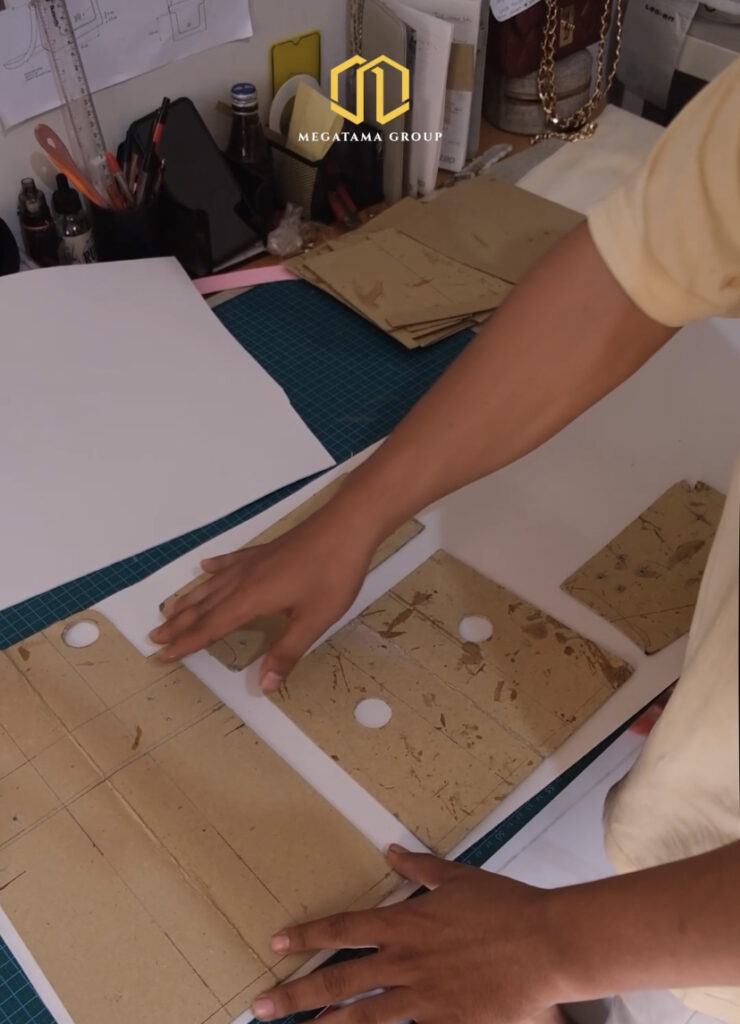Pattern Making Basics And Manufacturing
As a fashion designer, making clothing patterns is only the beginning of your manufacturing process, not to mention the designs you make, right? In this case you have several options to work with when creating a fashion pattern. You can work with a product development company, a pattern maker, or create your own patterns. However, if you are a fashion designer, of course you also have to know and be able to make patterns, right? Because by making your own pattern, you will save a lot of time and money of course.
For those of you who don’t really understand patterns, you can learn from theory as well as practice. The pattern itself is a basic size and shape that has been broken into certain parts and when combined will produce the desired product.
Pattern Making Basics And Manufacturing
Pattern Making Process
Every outfit as well as bag and shoe needs a basic pattern with clear instructions on how to make the cut. Without a clear pattern, clothes will not be consistent. This will cause problems for your company and customers. What’s more communication with the vendor you choose. Therefore, you must know the first steps in making a pattern.
To make a dress pattern, you will need:
- Draft Your Design – This is where you draw the illustration of the article you want to create.
- Take Measurements – Take care in every measurement. For example, for a t-shirt, you’ll need your bust, waist, seat, biceps, shirt length, shoulder width, sleeve length and collar measurements.
- Plot Your Pattern Length – Now that you’ve taken your measurements, you can start plotting your pattern. Draw your pattern on tracing paper, such as alphabet paper or manila pattern paper. Then, draft your pattern pieces.
- Include Seam Allowances – Once you have assembled the pattern to the correct size, add seam allowances. Usually, up to inches is the standard allowance.
- Label Each Piece and Its Size – Now that you have everything, label each piece and which part of the garment and its size. Don’t forget to add any seam allowances!
By doing this, you will be able to keep the pattern organized and neat.
Sample installation
Once you’ve finished creating your handmade clothing pattern, use it as a guide for sewing your first sections together. Make sure your fabric has a material close to your anticipated production piece as this will serve as your first sample piece. Whether sewing your own clothes or elsewhere, you will see what the final product will look like. You can then try it on yourself or a model to see how it fits on the body. If you like it, you can start the digitizing process. However, if you notice that a section of the garment doesn’t fit properly, you can make revisions before proceeding.
Pattern Digitization
There are various ways to create digital patterns for garment construction. Many are created in Adobe Illustrator, but you can also use tools like Optitex Pattern Design Software if you don’t have easy access to the Adobe Creative Suite.
All digital patterns must be saved in PDF Format. This format is used because it is easy to download and use. If you’re having trouble with the process of digitizing your own patterns or prefer not to create your own digital patterns, you can hire a freelance designer using a website like Tech Pack’s Freelance Apparel Designers. Once you’ve created your digital pattern, you can build your Tech Pack.
Create Tech Pack
Tech Pack has all the production information a designer, pattern maker, manufacturer or product developer needs to professionally manufacture your apparel. It includes every component and measure needed to transform your pattern from nothing to a finished garment. Almost every manufacturing company where you work as a fashion designer will require you to have a technology package to start the manufacturing process. Of course, so that there are no small or big mistakes! You can read this to find out how to communicate well with the manufacturer of your choice!
Creating digital patterns that are ready for production may be a tedious process, but with patience, perseverance, hard work, and dedication, creating your own digital patterns will save you money and time in the long run. Especially if you enjoy doing it. Waiting for a third party to build a technology package and create a few samples can cost weeks, if not months. From the comfort of your own home and by following these guidelines, you can create ready-to-use digital patterns at the manufacturing level.
Also read how to choose the right manufacturer!

